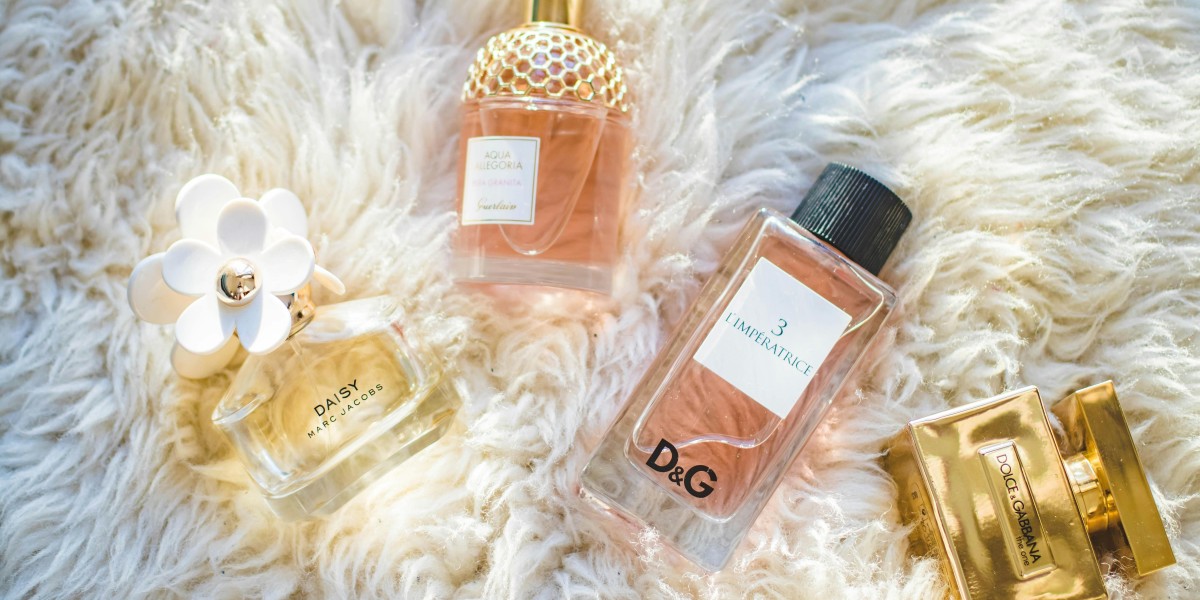Perfumes have been cherished for centuries as a way to express individuality, evoke emotions, and create lasting impressions. From ancient civilizations to modern luxury brands, perfumes are a blend of art and science that captivate our senses. Beyond their aesthetic appeal, perfumes carry cultural significance, personal memories, and unique identities. In this article, we delve into the world of perfumes, exploring their history, composition, types, and how to choose the perfect scent.
The History of Perfumes
The word "perfume" originates from the Latin phrase per fumum, meaning "through smoke." Ancient civilizations like the Egyptians, Greeks, and Romans used aromatic substances in religious rituals, personal adornment, and medicine. Perfume-making evolved into an art form during the Renaissance, with France becoming the epicenter of the fragrance industry. Today, modern perfumery combines traditional techniques with innovative science to craft exquisite scents for every preference.
The Composition of Perfumes
A perfume is a carefully balanced mixture of aromatic compounds, solvents, and fixatives. Its composition is often described in three key notes:
Top Notes: These are the initial scents you perceive upon application. They are light, fresh, and fleeting, lasting only a few minutes to an hour. Common top notes include citrus, herbs, and light florals.
Heart (Middle) Notes: These emerge after the top notes fade and form the core of the fragrance. They are more robust and linger for several hours. Common heart notes include floral, fruity, and spicy scents.
Base Notes: These are the foundation of the perfume and provide depth and longevity. They appear after the heart notes and can last for hours or even days. Common base notes include wood, musk, amber, and vanilla.
Types of Perfumes
Perfumes are categorized based on their concentration of aromatic oils, which determines their strength and longevity:
Parfum (Perfume): The most concentrated and long-lasting, containing 20–30% fragrance oil. It is rich, luxurious, and ideal for special occasions.
Eau de Parfum (EDP): Slightly lighter than parfum, with 15–20% fragrance oil. It offers a strong scent that lasts 6–8 hours, making it suitable for daily use.
Eau de Toilette (EDT): A popular choice for its light and refreshing nature, with 5–15% fragrance oil. It lasts 3–5 hours and is ideal for casual wear.
Eau de Cologne (EDC): A lighter fragrance with 2–5% fragrance oil, lasting 2–3 hours. It is often used as a refreshing splash.
Eau Fraîche: The lightest concentration, containing 1–3% fragrance oil, suitable for a quick, subtle burst of scent.
Fragrance Families
Perfumes are often classified into fragrance families based on their dominant scent characteristics:
Floral: Romantic and feminine, these scents are derived from flowers like rose, jasmine, and lily.
Oriental: Warm and exotic, these include notes of spices, amber, and vanilla, evoking luxury and mystery.
Woody: Earthy and sophisticated, featuring notes like sandalwood, cedar, and vetiver.
Fresh: Light and invigorating, with citrus, green, and aquatic notes.
Fruity: Sweet and playful, featuring scents like apple, peach, and berries.
Gourmand: Edible-inspired scents, including notes like chocolate, caramel, and coffee.
How to Choose the Perfect Perfume
Choosing the right perfume is a personal journey influenced by individual preferences, occasions, and moods. Here are some tips:
Understand Your Preferences: Identify which fragrance families appeal to you most. Do you prefer floral and light, or rich and spicy?
Test Before You Buy: Always try a perfume on your skin before purchasing. Fragrances can smell different due to body chemistry.
Consider the Occasion: Opt for lighter scents (e.g., fresh or floral) for daytime or work, and richer, more sensual ones (e.g., oriental or woody) for evenings or special events.
Seasonal Scents: Light, citrusy fragrances are ideal for summer, while warm, spicy, or woody scents are perfect for winter.
Sample and Wait: Allow the perfume to develop over a few hours to experience its top, heart, and base notes.
Caring for Your Perfume
To maintain the integrity of your fragrance, proper storage is essential:
Avoid Heat and Light: Store perfumes in a cool, dark place to prevent the oils from breaking down.
Keep the Cap On: Exposure to air can alter the scent over time.
Avoid Moisture: Do not store perfumes in humid places like bathrooms, as humidity can degrade the fragrance.
The Emotional Connection of Perfumes
Perfumes go beyond mere scents; they evoke emotions and memories. A familiar fragrance can transport you to a cherished moment, remind you of a loved one, or enhance your confidence. Choosing a signature scent is a powerful way to express your personality and leave a lasting impression.
Conclusion
Perfumes are more than just luxury items; they are an art form that combines craftsmanship, science, and emotional resonance. With a vast array of options, from floral to woody, and light to intense, there is a perfect perfume for everyone. By understanding the notes, types, and fragrance families, you can find a scent that complements your style, mood, and personality. Embrace the allure of perfumes and discover the magic they bring to your everyday life.












